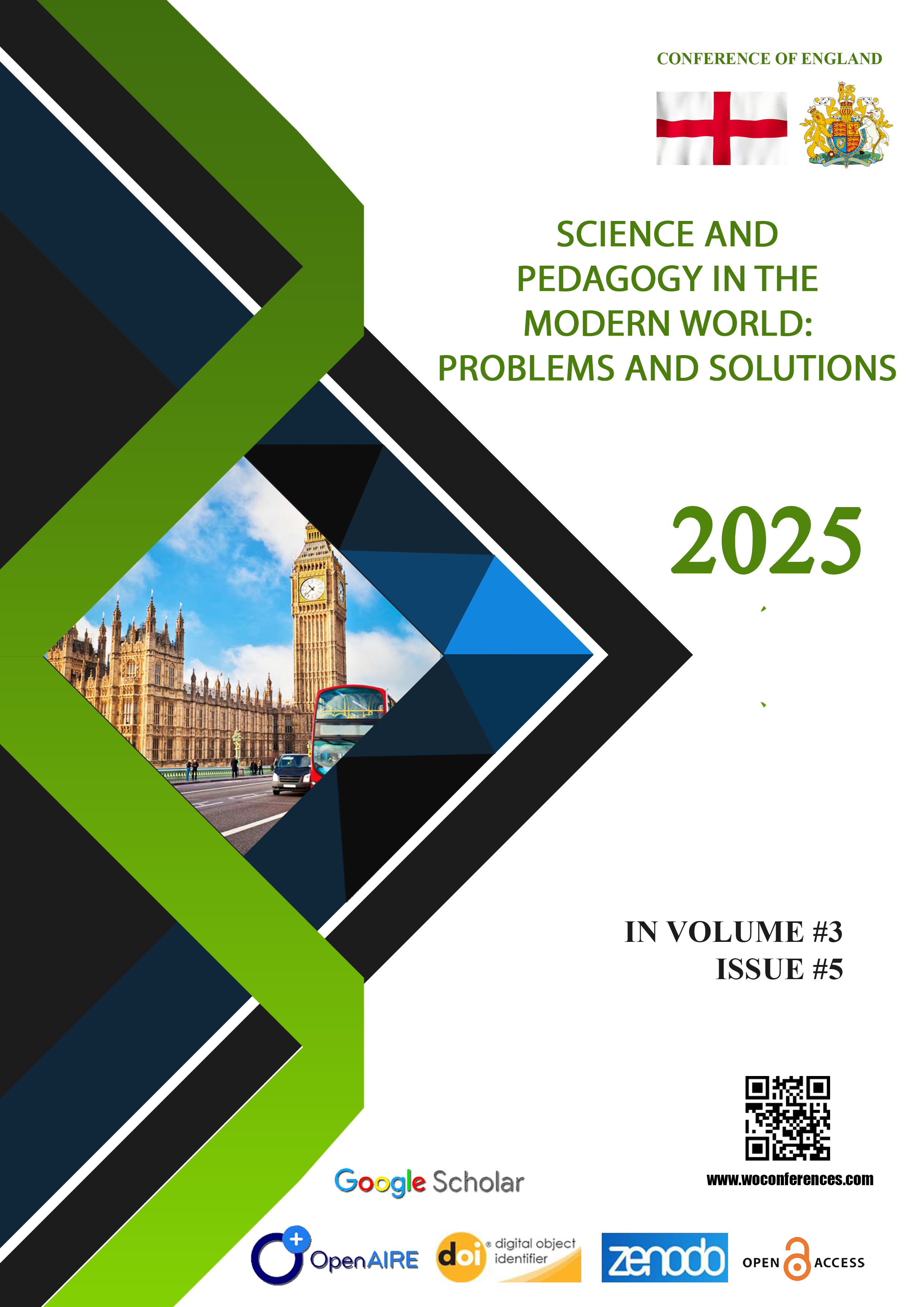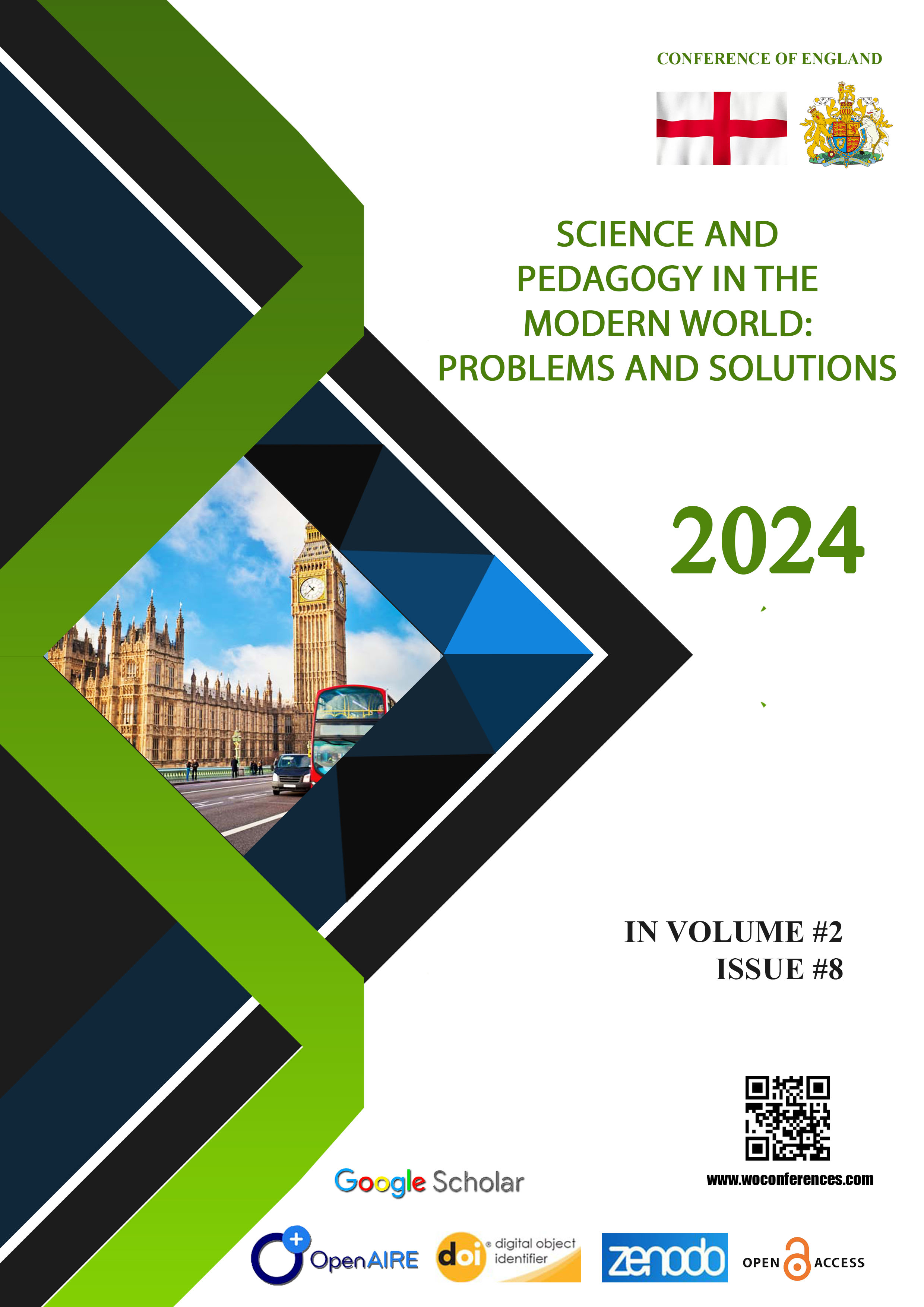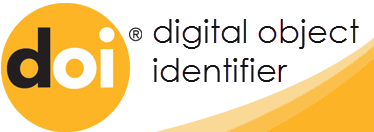USING PHYSICAL ACTIVITIES TO ENHANCE THE VOCABULARY OF A1 LEVEL LEARNERS
Abstract
Vocabulary acquisition plays a pivotal role in second language learning, particularly at the A1 level, where learners begin to develop fundamental communication skills. A well-established lexical foundation enables learners to comprehend basic texts, participate in simple conversations, and progressively enhance their overall linguistic proficiency. During the learning process, A1 level learners have some challenges, as Limited exposure to target language, lack of immediate recall, retention issues and low motivation. However, the teacher tries to find any kind of solutions. He or she need to provide frequent and varied exposure through music, videos and interactive activities. The development of vocabulary is a fundamental component of language acquisition, particularly for learners aged 10 to 12, who are undergoing significant cognitive and linguistic development. This article explains barriers that prevent A1 level learners from developing their English vocabulary skill by using physical activities, and identify the most effective strategies.
References
5.Asher, J. J. (1969). The total physical response approach to second language learning. The Modern Language Journal, 53(1), 3–17.
https://doi.org/10.2307/322091
4.Barenberg, J., Berse, T., & Dutke, S. (2011). Executive functions in learning processes: Do they benefit from physical activity? Educational Research Review, 6(3), 208–222.
https://doi.org/10.1016/j.edurev.2011.04.002
1.Frontiers in Education. (2023). What affects second language vocabulary learning? Evidence from research. Frontiers in Education.
https://doi.org/10.3389/feduc.2023.XXXXX (Add the actual article DOI or URL if available)
2. Khakimova, D. O. (2023). Teaching vocabulary to A1 level students [Unpublished manuscript]. Uzbekistan State World Languages University.
3. Mahar, M. T., Murphy, S. K., Rowe, D. A., Golden, J., Shields, A. T., & Raedeke, T. D. (2006). Effects of a classroom-based program on physical activity and on-task behavior. Medicine & Science in Sports & Exercise, 38(12), 2086–2094.









